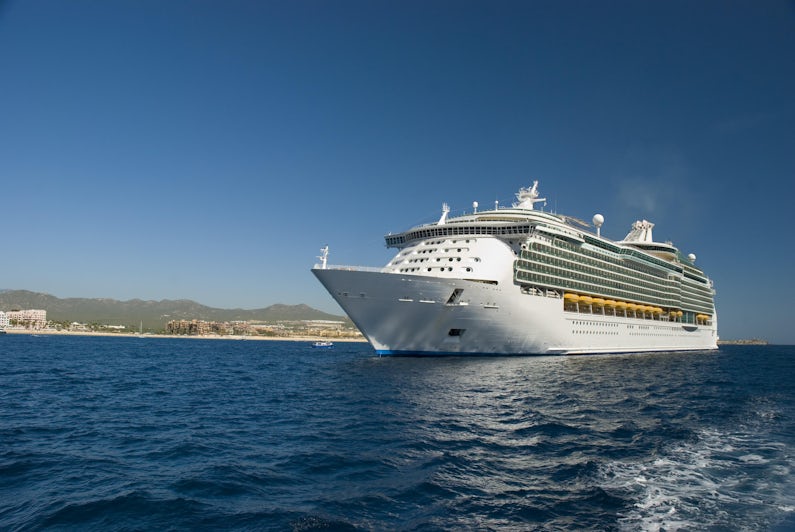
Best Mexican Riviera and Baja Shore Excursions


Shore excursions in the Mexican Riviera and Baja Mexico are likely to surprise you with their variety. Apart from world-famous aquatic pursuits, like snorkeling, diving and fishing, this stretch of Mexican shoreline offers natural wonders, indigenous ruins, exquisite food and wine, and activities for all ages.
Short two- to four-day Mexico cruises from Los Angeles or San Diego typically visit California's Catalina Island and Ensenada, a port on the northern part of Baja California. The seven-day itineraries hit destinations that make up what's called the Mexican Riviera: Cabo San Lucas, Mazatlan and Puerto Vallarta. A few of the lines' longer itineraries travel deep into the Sea of Cortez for excursions to Loreto and La Paz or farther south to Ixtapa/Zihuatanejo and Acapulco.
Here are some of our favorite excursions offered in the ports you find on a Mexican Riviera cruise.
On This Page
Acapulco
Quebrada Cliff Divers
Anyone visiting Acapulco must see the world-famous cliff divers plunge 130 feet into the Pacific Ocean. Ships calling at Acapulco offer various shore excursions that include transportation and, typically, a visit to historic San Diego Fort and a drink at a restaurant fronting the La Quebrada cliffs, with views of the divers. Those with mobility impairments are accommodated in areas that are wheelchair-accessible.
Divers climb the cliffs -- by torchlight at night -- and then soar outward to dive into an area that's about 10 feet square, timing their dives to the highest flow of the waves. You'll find yourself holding your breath and ooh-ing and ahh-ing.
Cabo San Lucas
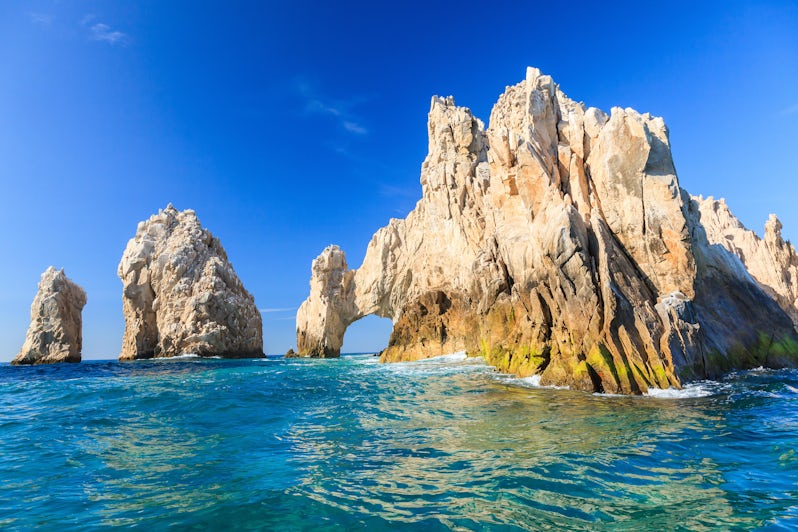
Land's End Catamaran Sail (Los Arcos)
The rock formations at the tip of the Baja Peninsula are renowned worldwide, and a catamaran sail is a way to get up close and personal with them. Called Los Arcos (The Arches), these towering rocks straddle two bodies of water, the Pacific Ocean and the Sea of Cortez. The scenic drive portion is short and takes visitors to a cliff-top restaurant with magnificent views over Land's End, Los Arcos and the Sea of Cortez.
This tour is suitable for almost everyone, although because there are some stairs at the restaurant, it's not suited to guests in wheelchairs. It's also the best way to get a sense of the magnificence of Los Arcos. As appealing as they are from a distance, they are truly awe-inspiring close-up.
Whale Watching by Zodiac
If you are adventurous and lucky enough to be in Cabo San Lucas during whale-watching season (mid-December to mid-March), this is the tour to take. You can find other whale-watching tours with larger vessels, but for a personalized experience, the Zodiacs and their guides provide the best option. (Zodiacs are inflatable boats that hold a small number of passengers, usually a maximum of 15).
Captains take the boats a safe distance into the Sea of Cortez or the Pacific and find gray and humpback whales during their birthing season. With luck, you will see the blow spouts of whales right from your cruise ship as you sail through this region, but to get within a couple of hundred feet of these creatures, at sea level, and watch them swim, jump and cavort, is an amazing experience.
Note that children younger than 7 are not allowed, and boarding/disembarking is very difficult for completely non-mobile guests.
Catalina Island (California)

Catalina, Botanical Gardens and Glass-Bottom Boat Ride
It's hard to imagine that just 29 miles from the smog, traffic and congestion of Los Angeles, there is a paradise with so many ecological wonders. Catalina Island and the town of Avalon are small; this tour allows you to get close to the natural delights and leaves time for shopping and strolling.
Catalina has attracted visitors since the mid-1820s, but it boomed in the 1920s when William Wrigley Jr., the Chicago chewing gum tycoon, bought the island to develop as a resort. On the tour, you'll explore Catalina's beautiful nature and learn about the Wrigley family.
You'll see panoramas of Avalon Harbor and climb the hills near Mount Ada, the colonial mansion that was the original Wrigley estate. You'll walk through the Catalina Botanical Gardens, built in 1935 by Wrigley's wife, Ada. At nearly 38 acres, the gardens hold plants from nearly every continent, including a large desert plant collection and California natives that thrive in the island's temperate climate. At the center is the hilltop Wrigley Memorial, completed in 1934.
The tour ends with a glass-bottom boat ride at the island's Undersea Gardens.
Ensenada
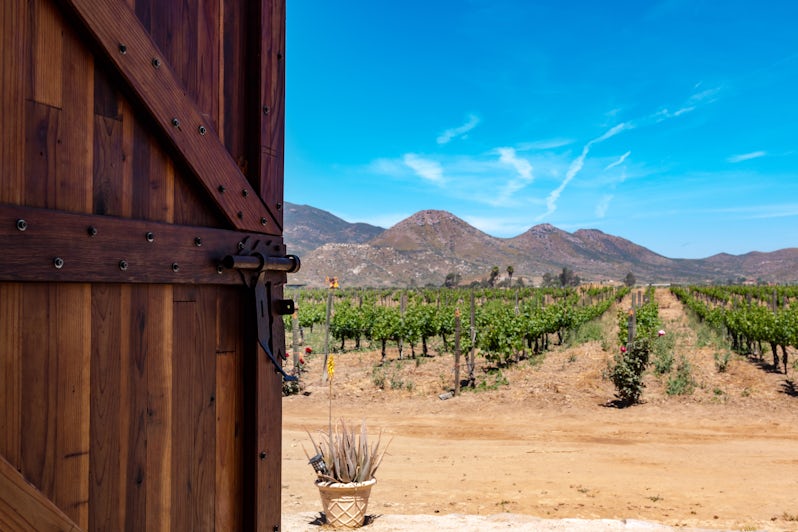
Baja California Wine Tasting
It might seem odd to travel to Mexico for wine tasting, but this region of Baja California is becoming well-known for its wineries. You'll board a motor coach, and your guide will discuss the history of Ensenada and the Baja area as you travel a few miles northeast and about 850 feet above sea level to the Calafia Valley, perfectly situated for grape-growing for wines.
At two wineries, Casa Dona Lupe and L.A. Cetto, you'll see the use of Old-World techniques for making not only wine but also sherry and brandy. You'll tour the vineyards and enjoy a wine tasting accompanied by cheeses and crackers. When you return to Ensenada, you'll have plenty of time for shopping.
Ixtapa/Zihuatanejo
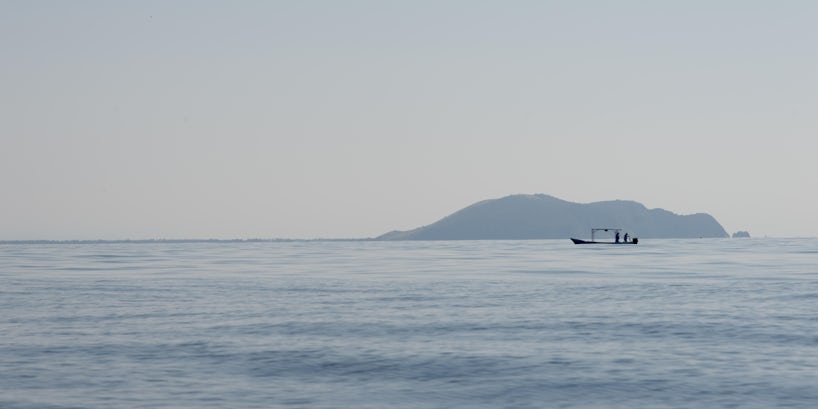
Deep-Sea Fishing
Imagine catching a six- to 10-foot marlin or sailfish and sending the photo back to your buddies. That's entirely possible in these waters.
There's a strict catch-and-release policy, but the trip itself -- and the likelihood that you'll catch one of these monsters -- is fantastic. The boats leave from the tender dock, which is just a few steps from the artisan stalls of Zihuatanejo; there will be time for a walk and shopping on your return. Drinks (beer, water and soft drinks) are included, as are boxed lunches.
La Paz
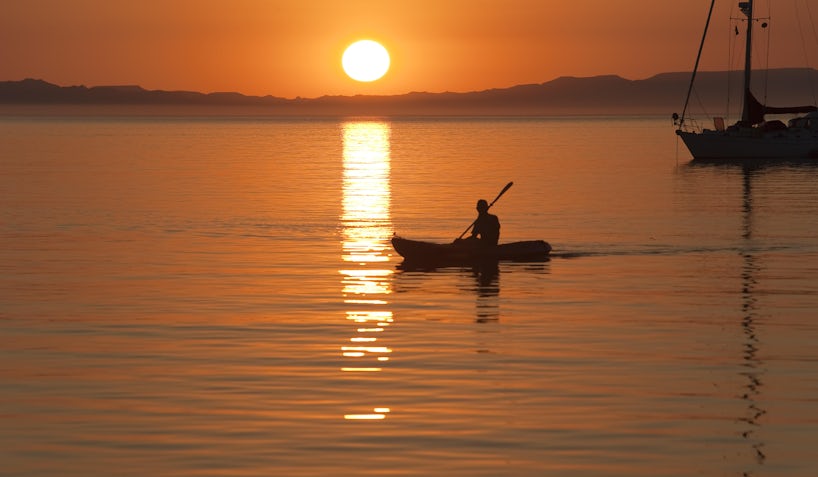
Kayaking
The secluded and tranquil waters near La Paz are perfect for a first foray into kayaking, and the peace, beach lounging and natural scenery are soul-soothing.
Excursions include trips to the Sea of Cortez's Balandra Bay and Paradise Cove, world-famous for kayaking because of its calm waters, coral reef and secluded inlets. In fact, at some points the water is so shallow, you can get out of your kayak and walk. This trip takes you along the shoreline and into ancient mangrove forests, where you can see egrets, herons, pelicans and frigate birds in their natural habitat.
Bring a camera. There's time to relax on the beach and go for a swim after kayaking.
Manzanillo
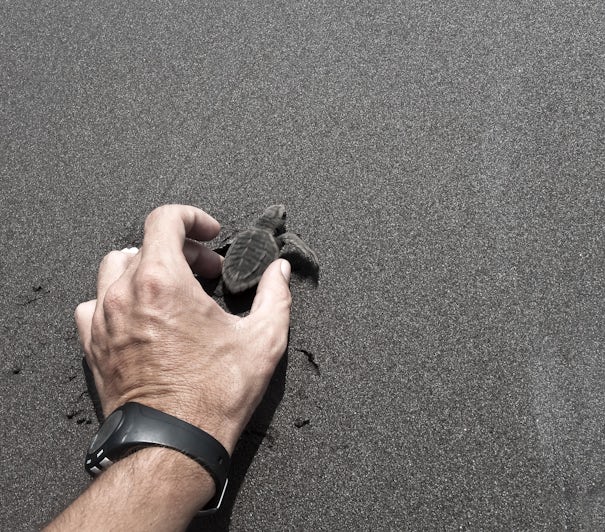
Cuyutlan Turtle Experience
Manzanillo is a breeding ground for many species of endangered sea turtles, and the eco-center El Tortugario is working hard at preserving the creatures. Visitors get to see the turtles at various stages of life, from eggs and hatchlings to adults, which sometimes reach immense proportions -- 5 feet across or more. It's also a sanctuary for other indigenous animals, too -- iguanas, crocodiles and several species of birds.
Depending on the time of year, you might be able to help release baby turtles (August to January). Tours also typically include lunch and a visit to the 19th-century Salt Museum in the historic town of Cuyutlan.
The tour not only allows you to experience the natural environment of this region but it also explains what is being done to preserve the natural habitats of these animals. It's a terrific way to get young kids involved in environmental issues.
Mazatlan
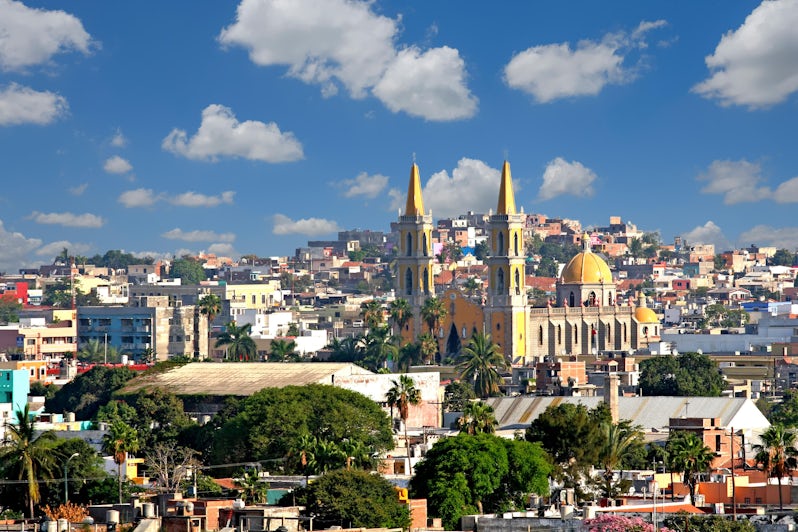
Sierra Madre, Copala and Concordia
This half-day tour takes you away from the water and into the colonial interior of the Sierra Madre mountains in Mazatlan. During this trip, you visit two towns established in the 1500s, learn about the history of the region and see handmade pottery, Mexican tiles, furniture and bricks being created by artisans. Lunch is included in the charming hill town of Copala.
The Gold Rush didn't just happen in California; these mountains were the scene of many bloody battles for land that was rich in the ore and predated the California Gold Rush by more 300 years. The Baroque architecture of the church of Concordia is renowned in the region.
Note that while the air-conditioned motor coach makes this trip suitable for almost anyone, the cobblestone streets of Copala might make wheelchair access difficult.
Puerto Vallarta
Jungle Zipline Adventure
Soar above the tropical rainforest in the mountains behind the city of Puerto Vallarta, suspended by a series of cables and ropes. Glide from platform to platform, tree to tree, with some of the heights reaching a dizzying 90 feet above the ground. This is one of the most elaborate and adventurous canopy experiences offered anywhere.
It's also one of the few tours of this type that offers a "Tarzan swing" from one platform to the next, rappelling, horizontal traverses and 14 observation platforms. (Most courses typically have three to five.) The minimum age for this tour is 8 (minimum height is 4 feet); be prepared to get dirty.
Yelapa Beach Snorkeling and Sailing
An escape from civilization, idyllic Yelapa Beach, south of Puerto Vallarta, can only be reached by boat. The trip takes you to beautiful, uncrowded snorkeling sites where you use the boat as a platform. Then, you spend the day at Yelapa Beach, where you have lunch and relax.
Yelapa is a nice change of pace and a chance to enjoy a secluded Pacific Ocean beach. The trip on the catamaran to get to the site is fabulous, with the entire Bay of Banderas and the city of Puerto Vallarta visible from the deck. Wheelchair access at the beach stop is limited, though.
The trip back is party time, which includes margaritas onboard (soft drinks for kids).